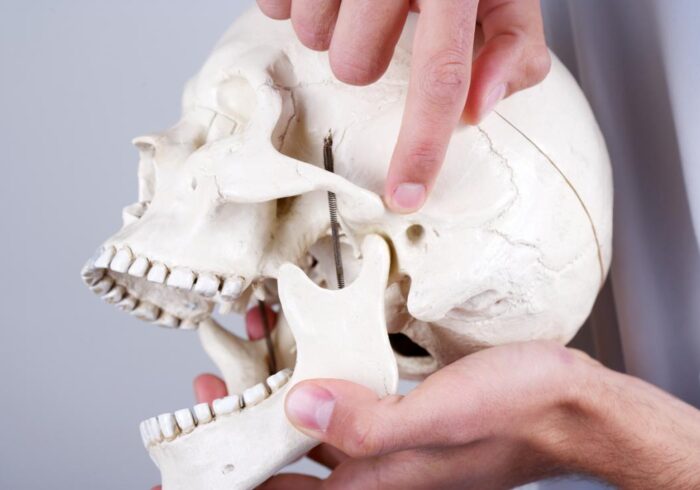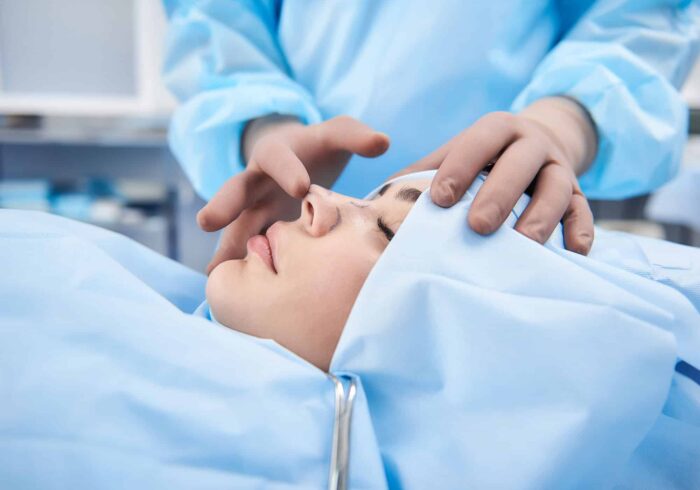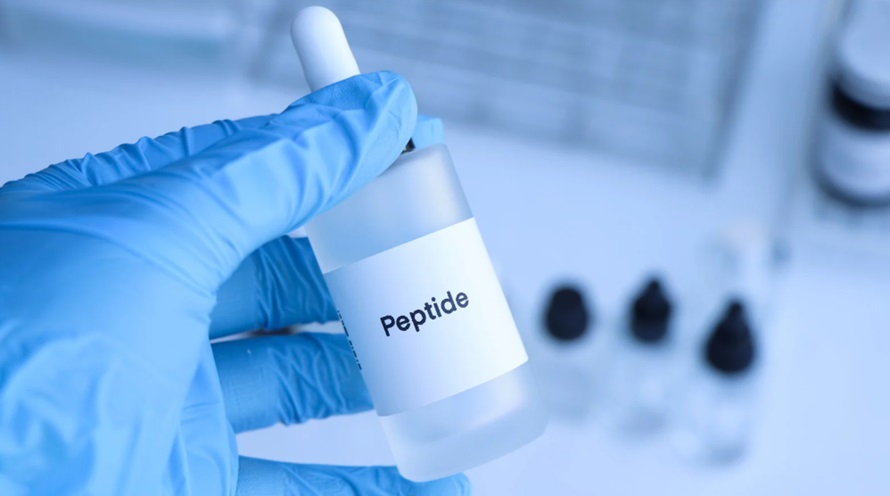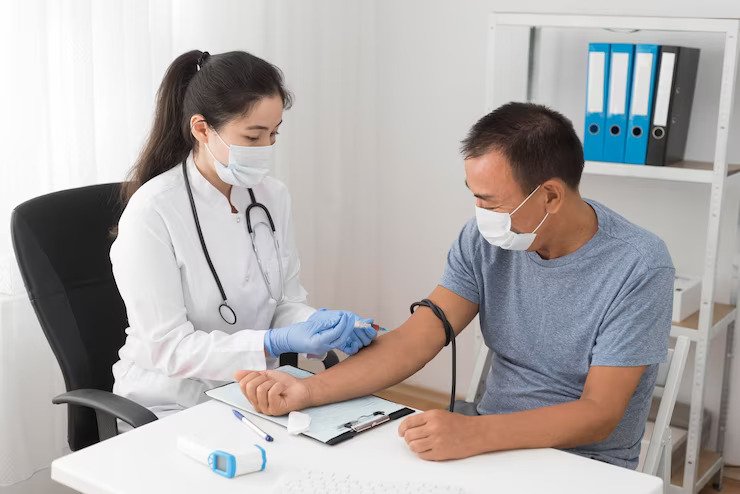Sexually transmitted diseases, or STDs, are spread between partners through sexual activity such as vaginal intercourse, oral sex, or intimate skin-to-skin contact. Without being tested, we cannot be sure. As per the top STD tests in Los Angeles, there aren’t many symptoms of STDs. Sexual activity can include vaginal contact, physical contact, and oral contact.
The difference between STIs and STDs
Although they are often conflated, sexually transmitted infections (STIs) and sexually transmitted diseases (STDs) can be distinct. Before a disease occurs, the body becomes infected by bacteria, viruses, or parasites. Even though an infection may cause no symptoms, a disease often has obvious symptoms. It is always an STI that starts as an STD. But not every STI becomes an STD. to know for certain, register for an STD test in Los Angeles at your local healthcare center.
The symptoms of STDs
You might first experience these symptoms if an STD starts with an asymptomatic STI:
- During sexual activity or urination, there is pain or discomfort
- There may be bumps, sores, or skin changes around the mouth, thighs, buttocks, or testicles
- Penis or vaginal discharge or bleeding that is unusual
- Testicles that are swollen or painful
- Itching in the vaginal area
-
After sexual activity, bleeding or periods that are unexpected
Transmission of STDs
STDs are transmitted in the same way as colds, the flu, ear infections, or any other contagious disease: A virus or bacteria starts making havoc once inside the body. You can contract viruses and bacteria in many ways. These diseases are referred to as sexually transmitted diseases (STDs) since they can be transmitted during sex.
Viral and bacterial transmission from one body to another is facilitated through sexual activity. Transmission is possible when skin-to-skin contact occurs, or fluid enters your body. Due to this, latex barriers like condoms offer a lot of protection against STDs: They prevent sexual fluids from entering the body and protect some of the skin from potentially harmful bacteria.
STDs are transmitted through direct physical contact between an infected person and another susceptible to being infected but not yet infected. Affected partners, therefore, contract the illness from each other directly. Confidence reduces the risk of transmission by using condoms.
Using protection
Condoms come in various types and offer varying degrees of protection against STD transmission. In terms of protection, latex is the best, as it is the same material used in surgeons’ and other waterproof gloves. None of your body fluids can be exchanged since this material does not have pores.
Absent bodily fluid exchange, spermatozoa cannot be transmitted, drastically lowering the risk of pregnancy and bacteria and viruses that can cause STDs. The condoms can, however, break and completely negate any protection, even though failure to maintain the condom is usually the user’s fault.
One condom is not better than two, as this can lead to increased friction, resulting in rubbing and breaking. In addition, any lubricant should be water-based. When lubricants based on oil are used, latex partially dissolves, weakening it and increasing the likelihood that it will break. In terms of pregnancy and STD prevention, a latex condom is likely the most effective option.
Is condom protection effective against STDs?
However, condoms do not protect you 100 percent from STDs; they reduce the risk. A condom only protects the area covered by it. Still, other exposed areas on the body may become infected by organisms like the human papillomavirus (HPV) and genital herpes, which can be transmitted through skin contact. Like skin condoms, some condoms don’t provide virus protection.
Most STDs can be prevented rather than treated. You can eliminate your risk of STDs by abstaining from sex. You can, however, start by following these measures in a real-world setting or apply for a free STD testing in downtown Los Angeles:
- Getting sexually active shouldn’t be rushed. Be confident and say ‘no’ if you’re unsure about something or don’t feel comfortable about it.
- Condoms should always be used. Understand how to use one properly.
- STDs can affect the reproductive health of young individuals, so they must take special precautions to prevent them. Maintain a proactive of regular screening tests after becoming sexually active.
- Drink alcohol and drugs responsibly if you must, and avoid alcohol and drugs altogether. Taking these substances increases your risk of taking risks, and you may engage in unsafe behavior.
Preventing STDs with these tips
It is best to avoid STIs or look for free STD testing near me. However, avoiding sexual contact is the only surefire way to do so. You can apply many measures to make sex safer and reduce the potential for contracting an STI:
- Before engaging in any sexual activity with new partners, discuss your sexual history openly and decide what you are comfortable with.
- If you have multiple partners or a new partner, get checked regularly for STIs. You might even want to ask them to do so as well.
- Condoms can prevent STIs spread through fluids through vaginal, anal, and oral sex.
- If you are at risk of HPV and hepatitis B, consider getting vaccinated.
- You may want to consider taking PrEP medication every day if you are at a higher risk of contracting HIV.








